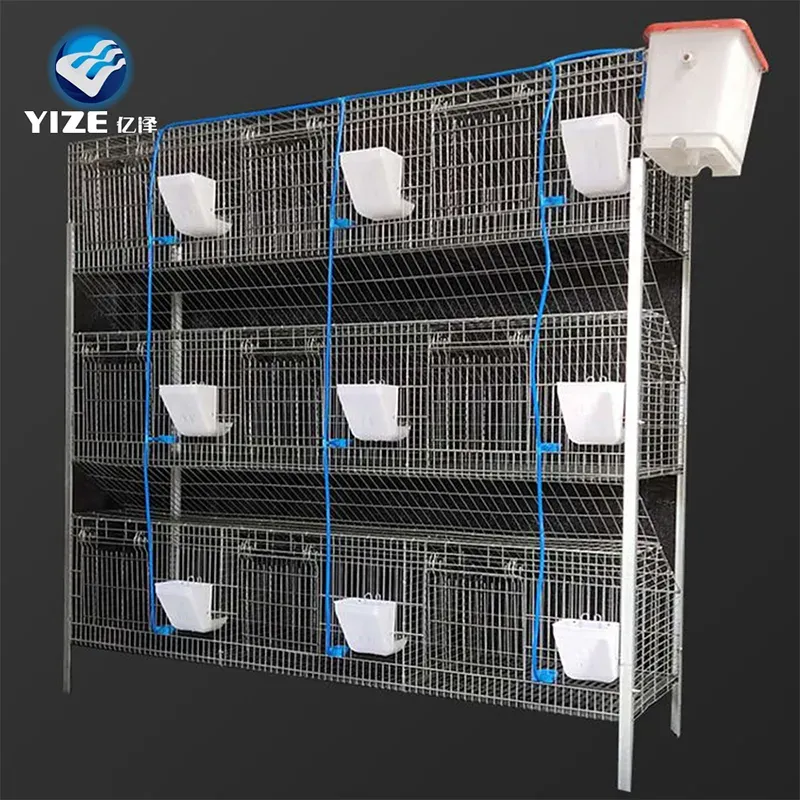Machine for Mixing Fish Feed Ingredients Efficiently and Effectively
Dec . 11, 2024 10:14 Back to list
Machine for Mixing Fish Feed Ingredients Efficiently and Effectively
The Innovations in Fish Feed Mixing Machines
Fish farming, also known as aquaculture, is a rapidly growing industry that plays a crucial role in global food production. As demand for fish continues to rise, sustainable practices and efficient production methods have become imperative. One vital aspect of aquaculture is the feed used to nourish the fish. This is where fish feed mixing machines come into play, revolutionizing how fish feed is produced. In this article, we will explore the features, significance, and advancements in fish feed mixing machines.
The Importance of Fish Feed Mixing
The mixing of fish feed is not just a simple task; it is an art and science that directly affects the health and growth of fish. A well-mixed feed ensures that the nutrients are evenly distributed, preventing the fish from receiving uneven dietary benefits. This uniformity is crucial as it influences feed conversion rates and the overall growth performance of fish, leading to healthier fish stocks and better yields for aquaculture operations.
Fish feed often contains a combination of protein sources, vitamins, minerals, and other additives to promote optimal growth. The challenge, however, lies in achieving the correct blend of these ingredients. Salt, fish meal, soybean meal, and various additives must be mixed thoroughly to ensure that the feed is nutritionally balanced. This is where fish feed mixing machines become essential.
Features of Modern Fish Feed Mixing Machines
Modern fish feed mixing machines are equipped with advanced features that enhance their efficiency and effectiveness. They are designed to handle a variety of raw materials, including both dry and wet ingredients. A typical mixing machine may consist of a vertical or horizontal mixer, depending on the desired outcome and scale of production.
1. Efficient Mixing Modern machines utilize high-speed motors and innovative mixing technology that ensures a homogenous blend of ingredients within a short period. This efficiency allows aquaculture businesses to produce large quantities of feed quickly while maintaining quality standards.
fish feed mixing machine

2. User-Friendly Interface Many machines are now designed with user-friendly digital interfaces that allow operators to easily adjust settings, monitor the mixing process, and track production levels. This can vastly improve operational efficiency and reduce the likelihood of errors.
3. Durability and Maintenance Given the harsh conditions of feed production, modern mixing machines are manufactured using high-quality materials designed to withstand wear and tear. Maintenance has also been simplified, allowing aquaculture businesses to keep their equipment in optimal working condition with minimal downtime.
4. Scalability Whether for small-scale operations or large commercial farms, mixing machines come in various sizes to accommodate different production needs. This scalability is crucial in enabling small businesses to grow without the need for significant upfront investment in equipment.
Advancements in Technology
Technological advancements have inspired the development of smart mixing machines that can be integrated with software for better monitoring and optimization of the mixing process. These machines can utilize sensors to detect the consistency of the mix and adjust parameters automatically, ensuring that quality is maintained throughout the production cycle.
Additionally, innovations such as 3D printing technology are beginning to make their way into the aquaculture industry. This could allow for customized feed formulations tailored to specific fish species or growth stages, potentially optimizing feed efficiency further.
Conclusion
In conclusion, fish feed mixing machines are integral to the success of the aquaculture industry. The advancements in technology, efficiency, and user-friendliness of these machines make them indispensable for fish farmers looking to enhance productivity while ensuring sustainability. As the demand for fish continues to rise in a world increasingly focusing on sustainable practices, the role of innovative fish feed mixing machines will undoubtedly become more critical. Investing in these machines is not only a step towards improved fish health and yield but is also part of a broader commitment to responsible aquaculture practices.
-
Hot Sale 24 & 18 Door Rabbit Cages - Premium Breeding Solutions
NewsJul.25,2025
-
Automatic Feeding Line System Pan Feeder Nipple Drinker - Anping County Yize Metal Products Co., Ltd.
NewsJul.21,2025
-
Automatic Feeding Line System Pan Feeder Nipple Drinker - Anping County Yize Metal Products Co., Ltd.
NewsJul.21,2025
-
Automatic Feeding Line System - Anping Yize | Precision & Nipple
NewsJul.21,2025
-
Automatic Feeding Line System - Anping Yize | Precision & Nipple
NewsJul.21,2025
-
Automatic Feeding Line System-Anping County Yize Metal Products Co., Ltd.|Efficient Feed Distribution&Customized Animal Farming Solutions
NewsJul.21,2025






